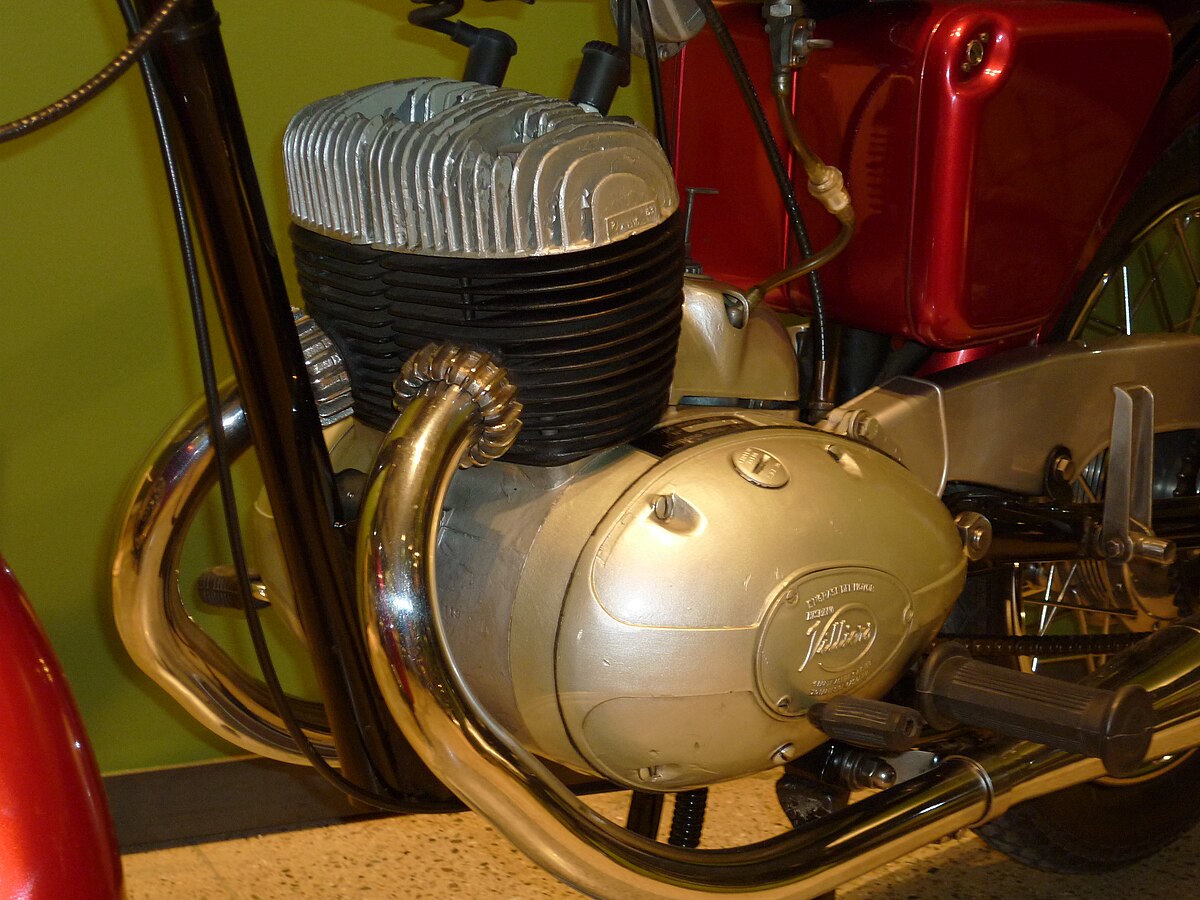- Royal Panda Free Spins Code
- Panda Magic Free Spins
- Free Panda Spins
- Panda Free Spine
- Panda Free Internet Security Download

Panda car, or just panda, refers to a small or medium sized marked British police car.
History of the term[edit]
Mobile casinos operate like normal online casinos, you 18 Free Spins Bonus At Loco Panda Casino can choose 18 Free Spins Bonus At Loco Panda Casino to play games for free 18 Free Spins Bonus At Loco Panda Casino in demo mode, or take advantage of some free spins. Bored Panda brings you this list of the funniest, weirdest and craziest Craigslist ads that you’ve ever seen. From a guy’s ad about him giving away his girlfriend to a purse-snatcher’s dating ad, these will give you a hearty chuckle and will make you reevaluate your life when you realize some of these aren’t jokes at all. Adorable to see a spin off, but I feel like the main character Po changes way to much for the original movies. Without comparing this tv spin off to the movies it is an adorable kids tv show. The pot is a little weak, terribly obvious, but problems are solved and lessens learned in every episode.
The term 'panda car' was first used to refer to black police cars with panels that had been painted white to increase their visibility. It was later applied to blue and white police cars.
There is a record of Salford City Police using black and white Hillman Minxs in 1960.[1]
Royal Panda Free Spins Code
The chief constable of the Lancashire Constabulary referred to the use of blue and white Ford Anglia panda cars in Kirkby in an article in The Times on 26 January 1966.
In 1967, the Dunbartonshire force bought two Hillman Imps (subsequently nicknamed Pinky and Perky) for escort duties on the A82 road; one was blue, the other white. The boot lids, bonnets and doors were then swapped to create a panda car style scheme.[2]
In the 1980s, police cars in the United Kingdom began to be ordered in white to reduce purchase costs, usually with orange or red 'jam sandwich' reflective stripes. Today, patrol cars use Battenburg markings or stripes, although many forces still use a mainly white colour scheme. The name panda car or panda is still sometimes used.
Roles[edit]

In many areas, the panda car replaced the traditional 'bobby on the beat',[3] when it was seen that larger suburban or rural areas could be more effectively patrolled by officers in cars, as opposed to on foot, bicycles, or motorcycles.[4]
The provision of shelter from the weather, and a two way radio, were also benefits.[3]

The panda is distinct from the 'area car', a larger and more powerful vehicle which acts as support to the beat constables, usually carrying two officers. Current usage within the Metropolitan Police Service uses the term 'panda car' to refer specifically to a marked car driven by a basic driver (i.e., one constrained to drive within normal traffic rules, and who may not use the vehicle's siren).


This contrasts with an IRV (immediate response vehicle) which could be exactly the same vehicle but driven by a response driver (i.e., one trained and permitted to disregard certain traffic laws and use the siren, as one would normally expect from police vehicles). The callsign attached to the vehicle for the duration of the shift should normally make it clear whether it is functioning as a panda or IRV at the time.
See also[edit]
References[edit]
- ^Greer, Stuart (12 March 2014). 'Caught on camera: The changing face of policing in Salford'. Manchester Evening News. Retrieved 20 November 2020.
- ^'Police Imps - the Imp Site'. Archived from the original on 2005-10-16. Retrieved 2005-08-30.
- ^ abVintage police cars: Morris Minor 'Policing in the 1970s. Colin Goodwin takes a Morris Minor panda car for a spin'. Autocar 8 February 2012. Retrieved 6 November 2020
- ^When Panda began street patrolLancashire Telegraph, 1 May 2003. Retrieved 6 November 2020
Panda Magic Free Spins
Sources[edit]
Free Panda Spins
- Article by the chief constable of Lancashire in The Times (Mobility Answer to Police Shortage (News) Colonel T. E. St. Johnston - The Times, Wednesday, 26 January 1966; pg. 13; Issue 56539; col F)